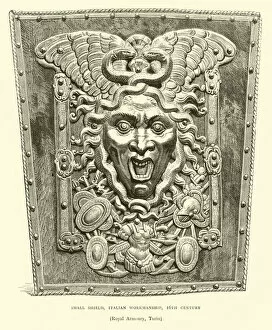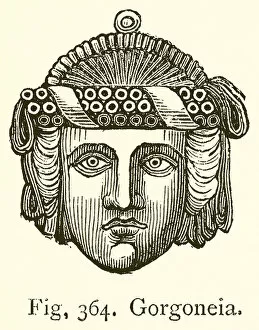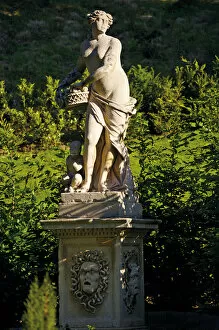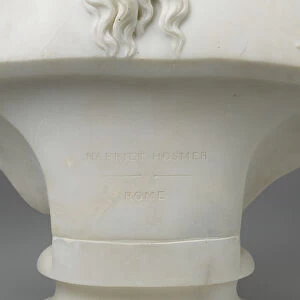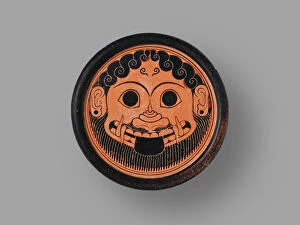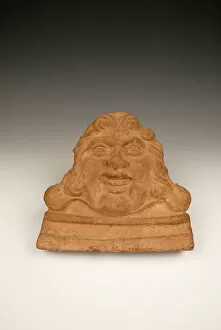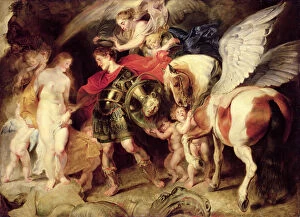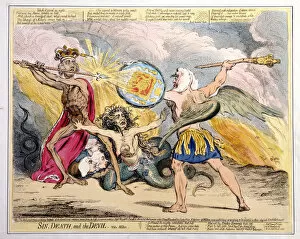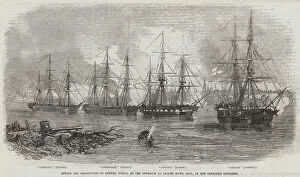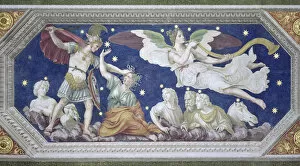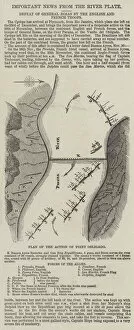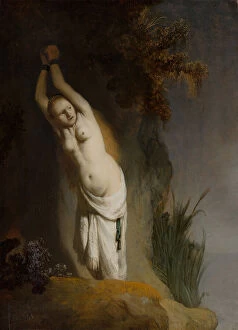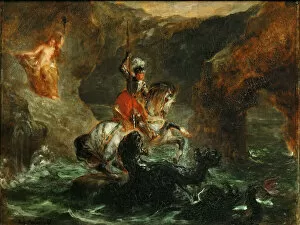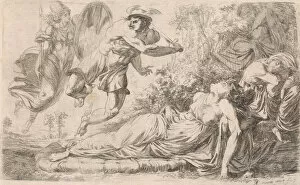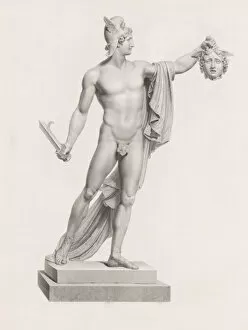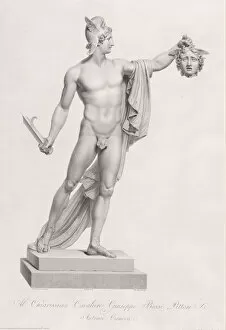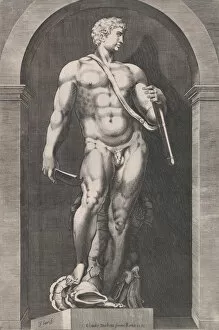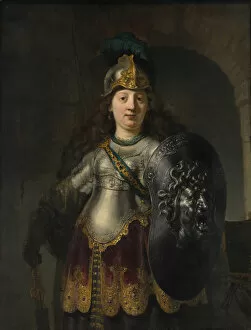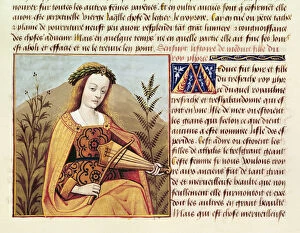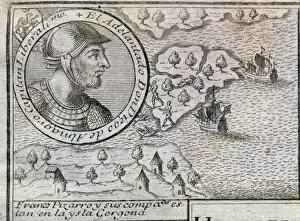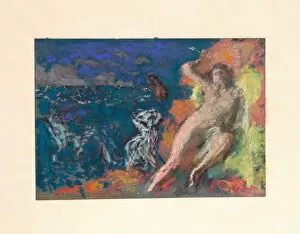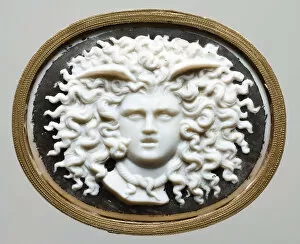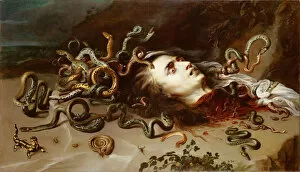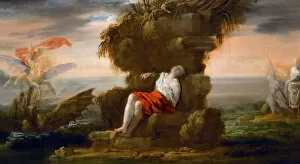Gorgon Collection (#4)
"Gorgon: The Enigmatic Mythological Creature" The captivating allure of the gorgon has fascinated artists throughout history
For sale as Licensed Images
Choose your image, Select your licence and Download the media
"Gorgon: The Enigmatic Mythological Creature" The captivating allure of the gorgon has fascinated artists throughout history. One such masterpiece is "Head of Medusa" by Caravaggio, an oil on canvas painting from 1596 that showcases the terrifying yet mesmerizing gaze of Medusa. This iconic artwork captures the essence of Greek mythology and its enduring impact on art. In Libya's ancient city Leptis Magna, within the Forum of Septimius, stands a remarkable depiction of a gorgon and panthers adorning the pediment of Artemis' temple. These stone figures evoke both awe and fear as they guard this sacred space. Another renowned artist, Bernini, created his own interpretation in "Head of Medusa" in 1630. His sculpture masterfully portrays her twisted features and serpentine hair with astonishing realism. It serves as a testament to Bernini's exceptional talent for capturing emotion through marble. Syracuse, Sicily houses a Greek Head or Medusa—a relic from ancient times that continues to intrigue visitors with its intricate details and mythical aura. Its presence reminds us how deeply ingrained these mythological creatures are in our collective consciousness. Fast forward to modern times when Vasilii Kotarbinsky crafted his own rendition titled "Medusa" in 1903. This piece breathes new life into the age-old legend with its dynamic composition and skillful use of light and shadow. A striking artifact dating back to the fourth century BC is the Greek Bronze Gorgons Head—an exquisite example showcasing ancient craftsmanship at its finest. Its delicate features serve as a reminder that even centuries ago, artists sought to capture beauty within their creations. One cannot mention gorgons without acknowledging Perseus—the hero who slayed Medusa using her severed head as a weapon against evil forces like Phineus. This tale has become synonymous with bravery and triumph over adversity.

